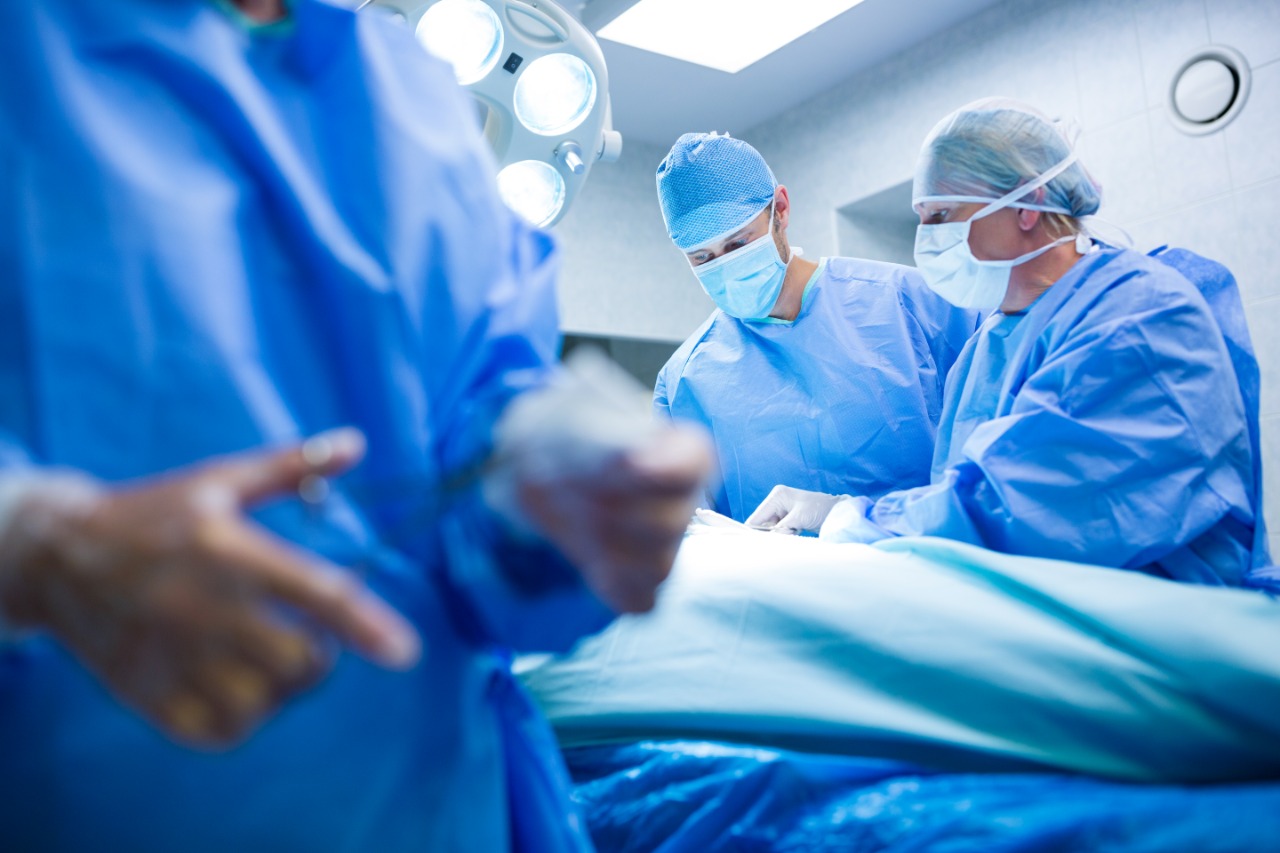Are you looking for an open-heart surgery hospital in Varanasi but are overwhelmed by your lack of knowledge? Don’t worry; this is a frequent reaction among patients, and there is an easy way to deal with the tension. All you need to know about the procedure ahead of time so there are no surprises, and we go through exactly what to expect from open-heart surgery below.
When And Why Do You Need Open-Heart Surgery?
When the blood supply to the heart is impeded, this deposit narrows the arteries, making it difficult for blood to flow. When fatty material develops into a plaque on the sidewalls of the coronary arteries, it is called hardening. A heart attack is more likely as a result of this. Thus, a coronary artery bypass graft may be required for patients with coronary heart disease who require open-heart surgery.
Some other reasons for open-heart surgery include:
- The valves in the heart that allow blood to flow through them must be repaired or replaced.
- To restore any damaged or abnormal areas of the heart.
- To implant medical devices that aid in the correct functioning of the heartbeat.
- A donor’s heart can replace a damaged heart with the help of open-heart surgery.
What May An Open-Heart Surgery Patient Expect?
Before The Procedure,
A person can anticipate having the following symptoms before open-heart surgery:
- To help the surgeon plan the treatment, a chest X-ray, EKG, echocardiography, and other diagnostic procedures are performed.
- It is required to shave the chest before the actual operation.
- The body part is sterilized with antimicrobial (bacteria-killing) soap.
- A tube called an intravenous line (IV line) is inserted into the arm and distributes fluids and medications.
During The Procedure for an Open Heart
Heart surgery is a difficult treatment that might take up to six hours to complete. During the procedure, the patient will be given an anesthetic to help with pain management. The surgeon next cuts an 8 to a 10-inch hole in the chest. To expose the heart, the surgeon cuts through all or part of the patient’s breastbone. The surgeon can now repair the heart and create a new route around the obstructed artery by using a healthy vein or artery.
The heart begins to beat independently once the blood flow to the heart is restored. A modest electrical shock may be required to restart the heart. The breastbone or other wounds are closed with wires or sutures, and the skin incision is closed with stitches.
After The Procedure,
Depending on the surgery, the patient may need to spend a day or more in the hospital’s intensive care unit (ICU). When they are ready, they will be transferred to a regular hospital room and may suffer the following post-surgery symptoms:
- Constipation is a common issue that many individuals suffer from (a common side effect of strong pain relievers).
- Depression or mood swings?
- Insomnia or sleep disturbances
- Loss of appetite
- Problems with memory
- Muscle stiffness in the chest.
- Bruising and minor swelling.
Conclusion
The recovery from open-heart surgery is always slow but steady. It could take up to six weeks before one begins to feel better, and it could take up to six months for the surgery to fully recovered one. Of course, if you go to a capable open-heart surgery hospital in Varanasi like Popular Hospital, you can speed up your recovery time. Make an appointment today to speak with one of our specialists.


